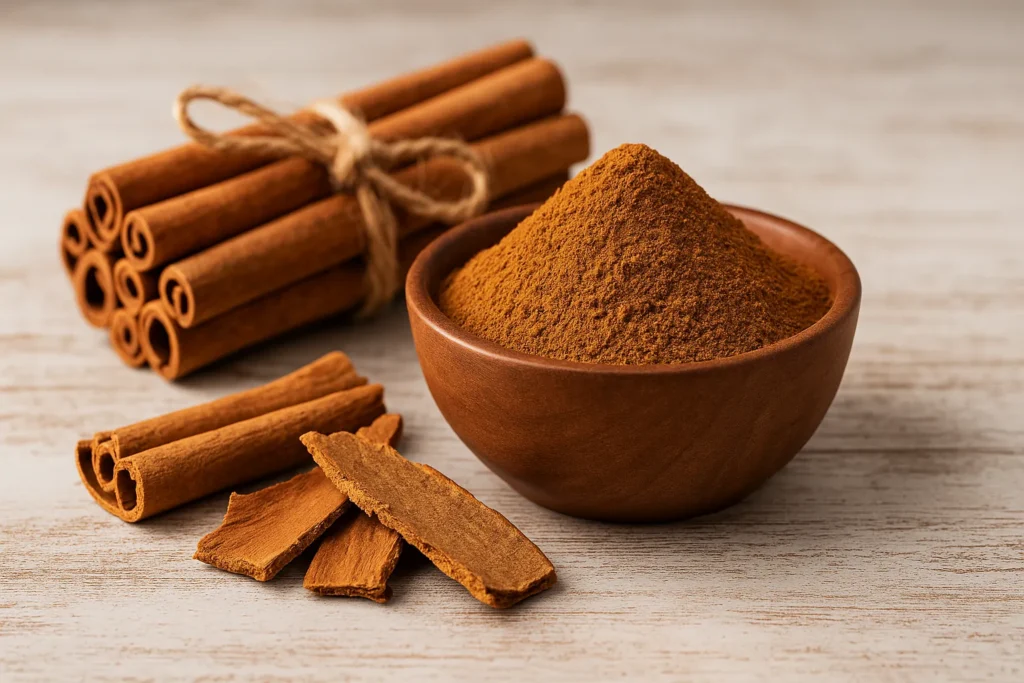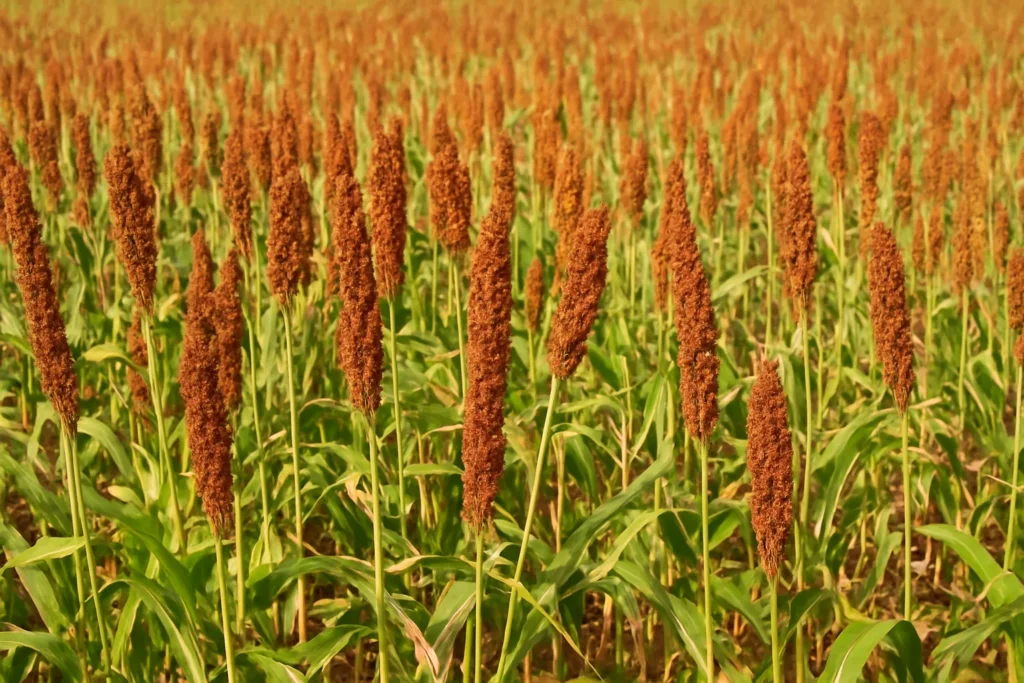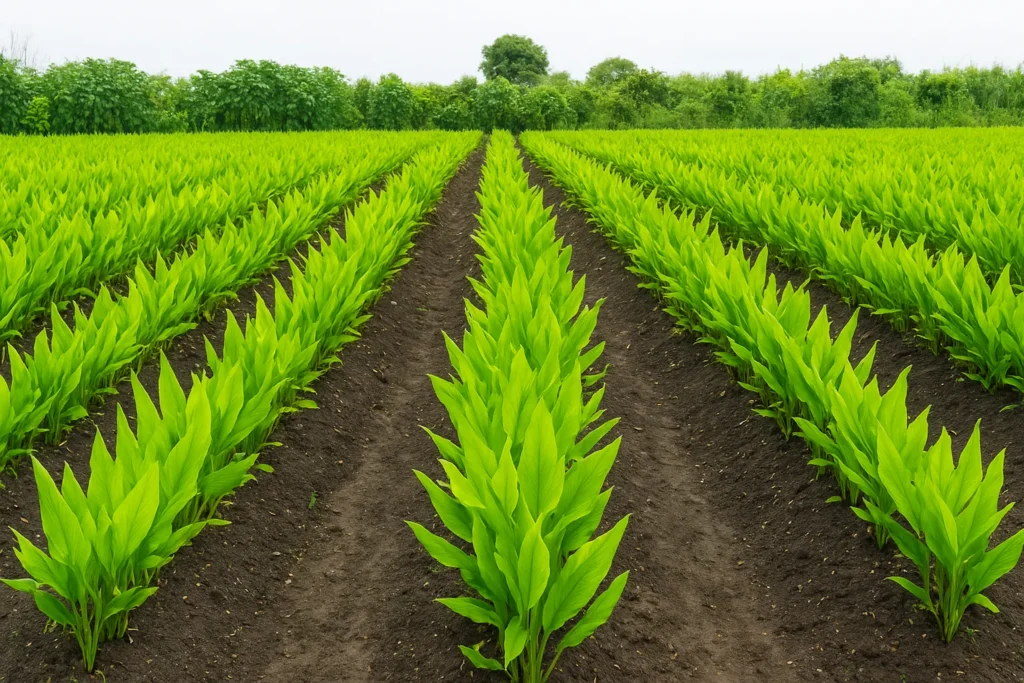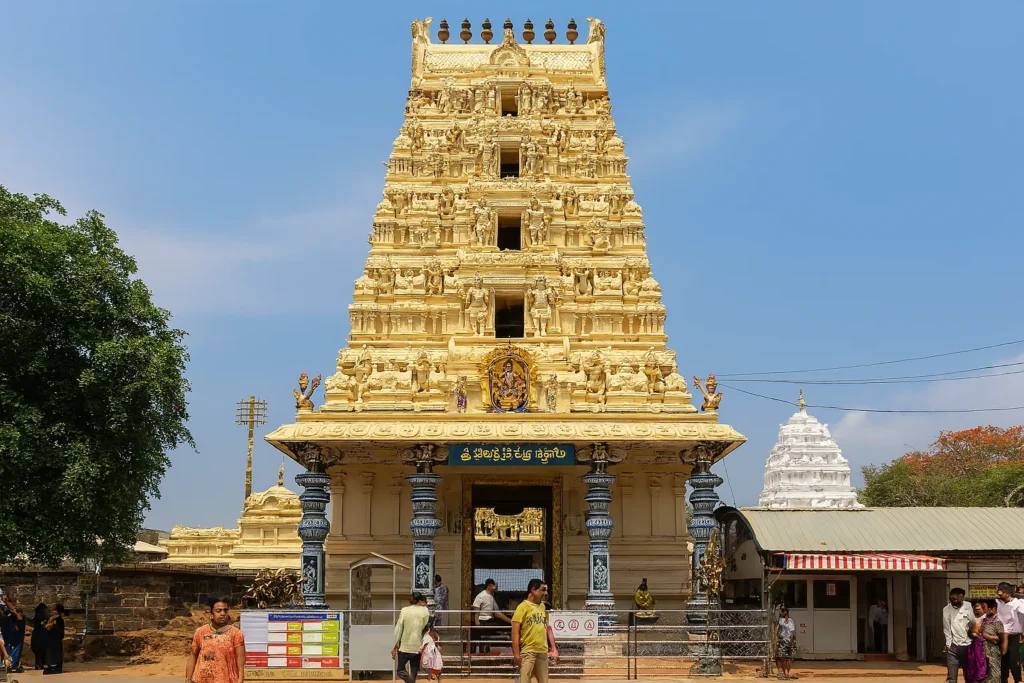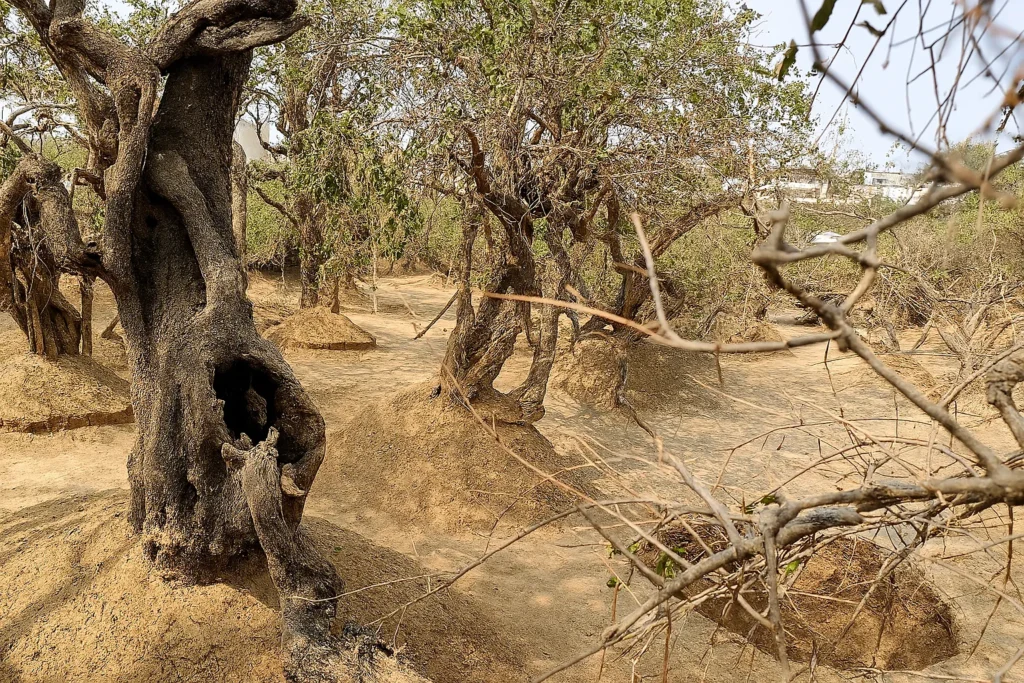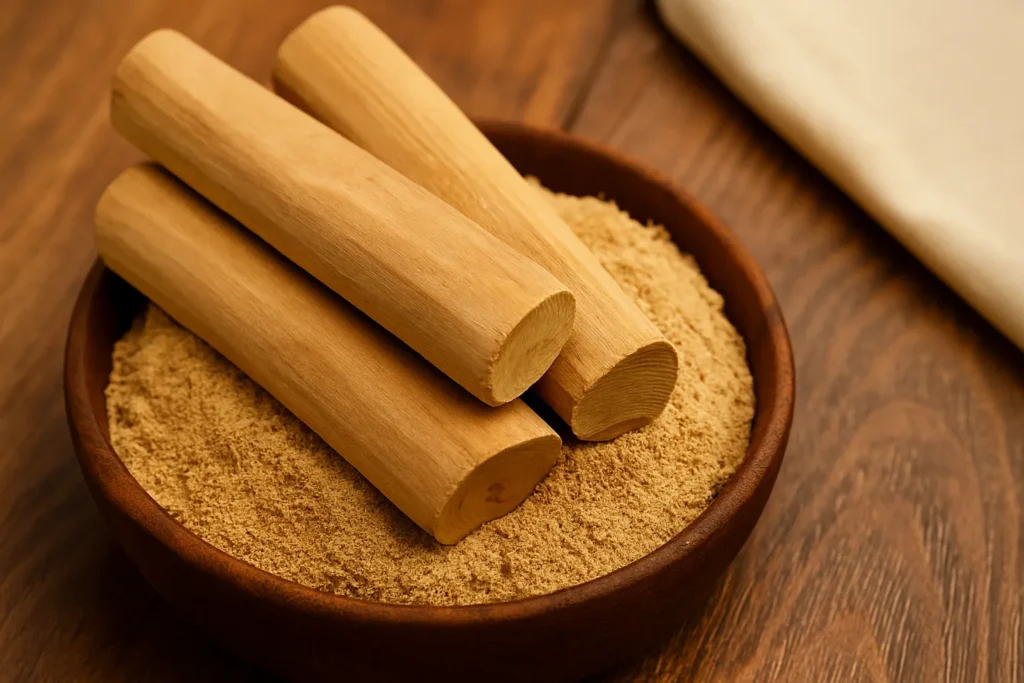Cinnamon is a staple in most Indian kitchens, but did you know the type of cinnamon you pick can make all the difference? Many of us reach for that sweet-smelling brown stick or powder without a second thought. However, there is a world of difference between the commonly available cassia and the prized Ceylon cinnamon. Whether you’re a home cook, a wellness enthusiast, or someone just diving into the world of spices, knowing where to buy Ceylon cinnamon in India is a game changer. Let’s journey through everything you should know before making your next cinnamon purchase.
What Is Ceylon Cinnamon? Understanding the Spice
Before exploring where to buy Ceylon cinnamon in India, it’s important to know what sets it apart from the rest. Ceylon cinnamon, often called “true cinnamon,” comes from the bark of the Cinnamomum verum tree, primarily cultivated in Sri Lanka and parts of southern India. You might have seen it labeled as “Sri Lankan cinnamon” or “Dalchini” in local markets.
Unlike the thicker, tougher cassia cinnamon (the most common variety in stores), Ceylon offers a delicate, mildly sweet flavor with light citrus and floral notes. Its soft, easily breakable sticks and light tan color are unique identifiers. In Hindi, Ceylon cinnamon is called “सीलोन दालचीनी” or just “दालचीनी का पेड़” when referring to the tree. This highlights its distinction from the commonly used cassia, known simply as “दालचीनी” in most households.
Where to Buy Ceylon Cinnamon in India: Your Options Explored
If you’re hoping to swap out your usual cinnamon for this finer, subtler spice, it helps to know where and how to start looking. Here are a few practical ways people across India track down authentic Ceylon cinnamon:
Local Markets and Specialty Stores
Let’s start with the traditional route. In many Indian cities, local spice bazaars are a treasure trove. While most stalls sell cassia by default, higher-end or specialty stalls may offer Ceylon cinnamon sticks or ground powder. Always ask specifically for “Ceylon cinnamon,” and observe the appearance: the genuine article looks thinner, softer, and more layered compared to thick, tough cassia.
If you’re close to regions in Kerala or Tamil Nadu, where spices are cultivated and traded, you’ll have better luck spotting authentic Ceylon cinnamon. If you’re curious to know how local names and regions play a role in your kitchen ingredients, you might also enjoy learning about Where Does Red Sandalwood Grow; its uses and value carry a fascinating story of their own.
Organic and Health Food Stores
With interest in natural wellness rising, more health-focused stores and organic food outlets are stocking Ceylon cinnamon. Here, packaging often clarifies the source and variety, helping shoppers avoid confusion. Don’t hesitate to check labels for terms like “true cinnamon” (Cinnamomum verum or Ceylon) and always note the color and texture.
Word of Mouth and Community Recommendations
When in doubt, turn to your community! Friends, relatives, and your favorite foodie groups might have tips on where to find the real deal locally. Sometimes the best leads come from a neighbor or local chef who understands the difference between Ceylon cinnamon and cassia and is happy to steer you in the right direction.
If you find yourself stuck with questions, remember that NutBolt India has become a go-to hub for answering every what, why, who, when, where, and how you might wonder about ingredients like cinnamon and beyond.
Ceylon Cinnamon Sticks vs. Powder: Which Should You Choose?
If you’re lucky enough to find both Ceylon cinnamon sticks and Ceylon cinnamon powder, you might wonder which is better. Here’s a quick intro to help you decide:
- Sticks: Ideal for slow infusions; think tea, pulao, curries, and even infused water. Sticks release their unique aroma gradually, adding soft, rounded sweetness.
- Powder: Perfect for baking, smoothies, oatmeal, or wherever you desire an instant burst of flavor. Look for a light tan brown color and gentle aroma as signs of authenticity.
Remember, both forms should be labeled “Ceylon cinnamon” or “Cinnamomum verum” for peace of mind that you’re getting the real thing.
What Are Ceylon Cinnamon Benefits?
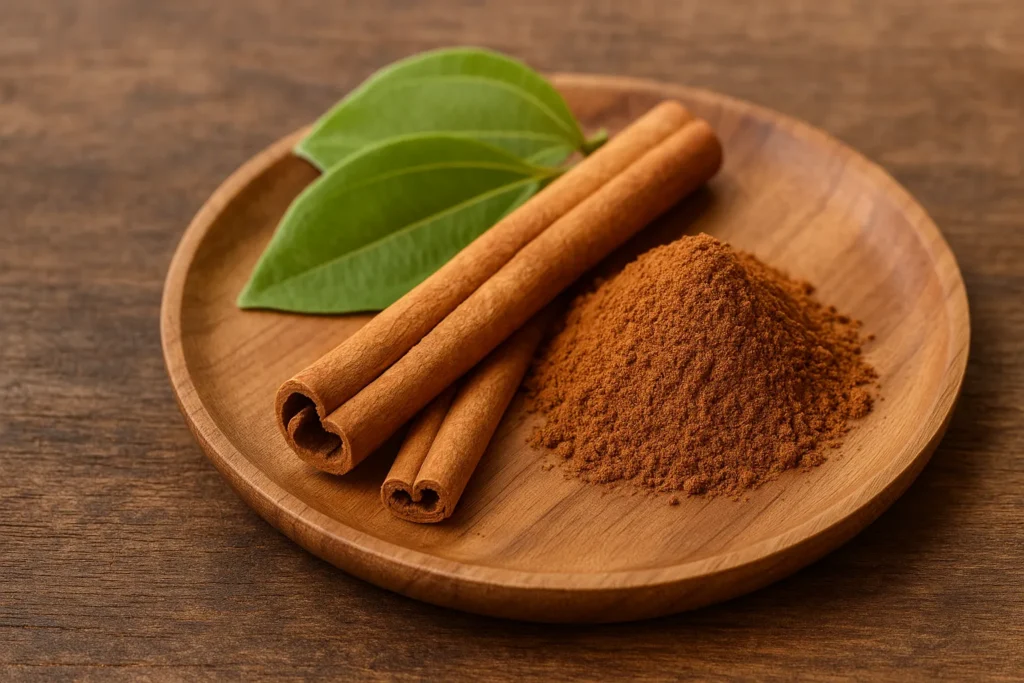
If you’ve heard about people seeking out Ceylon cinnamon, it’s not just about the taste; its health perks are turning heads, too. Here’s a brief overview:
- Gentle on the Liver: Thanks to its very low coumarin content, Ceylon cinnamon is considered safer for regular consumption compared to cassia.
- Rich in Antioxidants: It’s packed with potent antioxidants that help counter oxidative stress, benefiting heart health and immunity.
- Supports Blood Sugar Levels: Some studies suggest it aids blood sugar regulation, which is why it’s often recommended for those mindful of diabetes.
- Digestive Benefits: Traditional medicine uses it as a digestive aid and to calm indigestion.
With such a résumé, it’s easy to see why many wellness circles are making the switch.
Ceylon Cinnamon vs. Cassia: How to Spot the Difference
You’ve probably used cinnamon labeled as “dalchini” your whole life, but how do you tell Ceylon cinnamon apart from cassia? Here’s a quick rundown:
| Feature | Ceylon Cinnamon | Cassia Cinnamon |
| Botanical Name | Cinnamomum verum | Cinnamomum cassia |
| Appearance | Thin, many soft layers (quills) | Thick bark, hard single piece |
| Color | Light brown / tan | Dark brown / reddish |
| Taste & Aroma | Mild, sweet, floral, complex | Strong, spicy, sharp |
| Coumarin Content | Very low (safe for regular use) | High (avoid overconsumption) |
| Price | Higher | Lower |
The main difference between Ceylon cinnamon and cassia goes beyond taste. Ceylon cinnamon’s gentle effects make it a preferred choice for daily wellness and culinary uses.
Using and Enjoying Ceylon Cinnamon in Your Kitchen
Ready to make the leap? While tracking down Ceylon cinnamon in India isn’t as easy as picking up the nearest pack of dalchini, it’s well worth the effort. Spice up your chai, add to sweets, or stir into traditional dishes for a distinctly rounded flavor profile that only this “true” cinnamon can deliver.
India’s spice story extends way beyond cinnamon. If you find tracking the origins and uses of Indian kitchen staples intriguing, you might want to discover Where is Coffee Grown in India. Many of these answers hold keys to both culinary delight and cultural traditions passed down over generations.
Key Takeaway
Finding real Ceylon cinnamon in India may take a bit of effort, but the reward is worth it. Check your local spice or organic stores, ask around, and look carefully at what you’re buying. Understanding the difference between Ceylon cinnamon and cassia, especially knowing what to look for in both Ceylon cinnamon sticks and powder, sets you up for a healthier and far more flavorful kitchen.
So next time you sprinkle a pinch of cinnamon, you’ll know you’re enjoying a spice that brings together centuries of tradition, wellness, and culinary delight.

